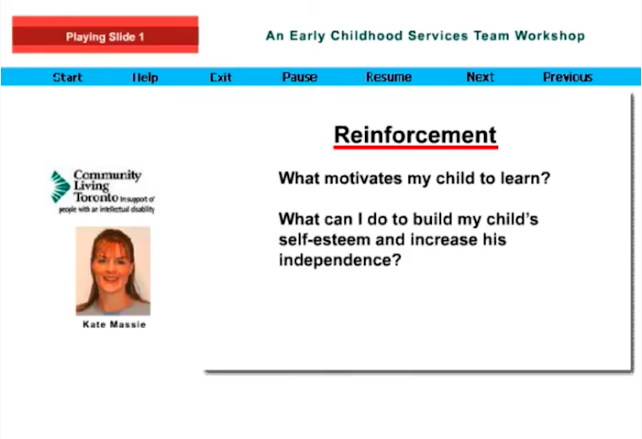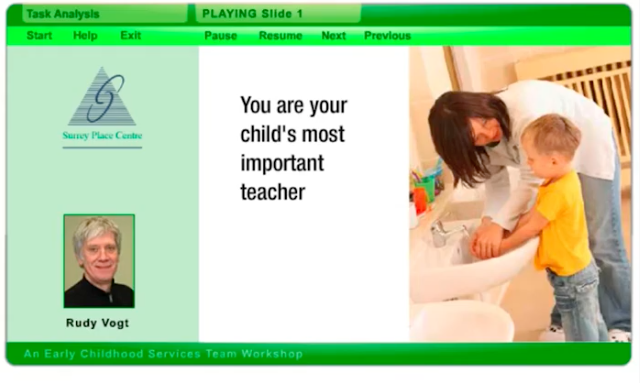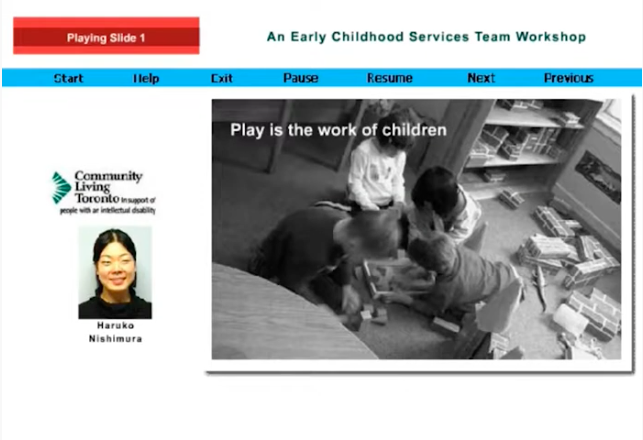
At times you may become concerned about your child’s behaviour especially if it is disruptive or puts his safety at risk. You may be wondering ‘why does he do that?’ Keep in mind that behaviours occur for a reason and it can take some time to understand why the behaviour is occurring and how to deal with it.
We’ve provided you with many tools and resources to help get started, to gather information, develop a plan for change, and to try new teaching methods. Most behaviour problems can be analyzed by you and others working with your child but, some behaviour problems require professional intervention.
Understanding and Changing Behaviour 1: Why does he do that?
 Play video
Play video
Start by addressing one behaviour at a time – the behaviour that you are most concerned about. Then you can begin gathering information, such as what happens right before the behaviour or things in the environment that may be a contributing factor. Doing this will help you to understand what purpose the behaviour serves for your child. This information is important as it will help you to plan for change.
Understanding and Changing Behaviour 2: Planning for change
 Play video
Play video
As you continue to observe your child you begin to develop a clearer understanding of what the purpose of the behaviour might be and you’re ready to make some changes. We’ve included information to help you encourage positive behaviour, create rules/social stories and provide positive reinforcement.
Changing your child’s behaviour takes time and patience. At times you may feel unsure or frustrated if you do not see the behaviour changing quickly. Remember that sometimes a child’s behaviour will get worse before it gets better. This is usually because you are introducing a new rule or expectation and your child has been used to doing it differently. Wait and see how he responds.
Giving Instructions
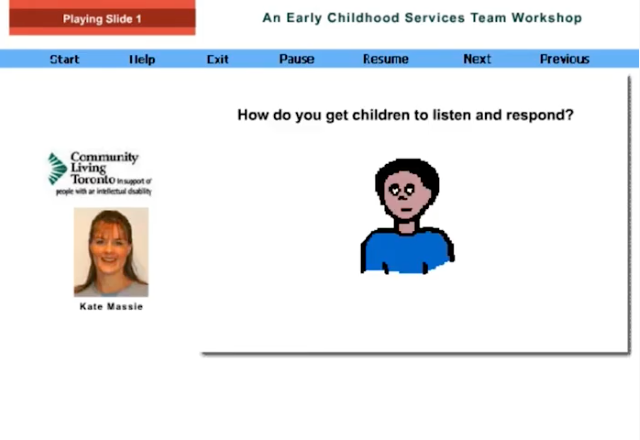 Play video
Play video
Kate Massey of K.I.D.S (Kids Included in Day Care and Early Childhood Services) shares some very practical strategies for helping your child to understand and follow through with requests.
Attention and Ignoring
 Play video
Play video
A workshop designed to take a look at using positive attention and ignoring at the right moments to help your child learn new skills and practice behaviour that will strengthen their relationship with you and others.
Prompting and Fading
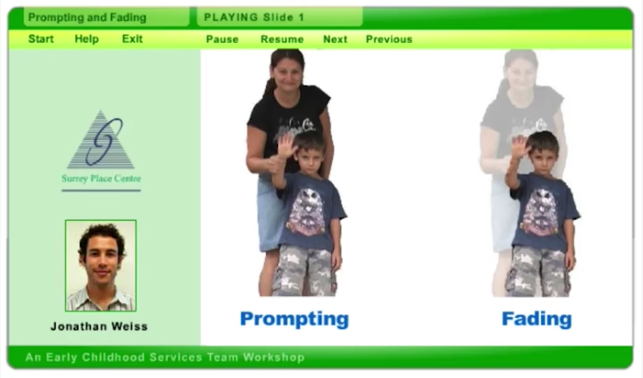 Play video
Play video
A workshop on teaching prompts and how to fade them when your child is ready
Playing to Learn
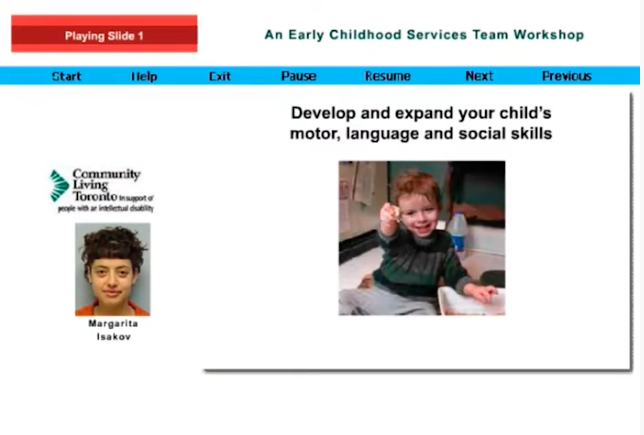 Play video
Play video
A workshop about using simple “play” to help develop and expand motor, language and social skills.
Context Stories
Here are two simple stories about behaviour problems you’ll likely recognize, and the sequence of of steps we took on our way to understanding the reasons underlying Wayne’s and Asha’s behaviour, and what we did to change it.
Teaching methods
Every child is an individual and you know your child better than anyone else. You have the the information needed to decide the schedule, teaching methods and reinforcements that will work best for your child and family.
Although this process can seem overwhelming at times it is also a great time to engage your child in new learning and social situations
Remember to be creative, you have many ideas which you can try to help your child change his behaviour. In this section you will find resources on reinforcement, giving instructions, and general strategies for dealing with problem behaviour.
Articles
- Facts about behaviour
- ABC assessment card
- Creating rules that work
- Creating personal stories
- Preparing for transitions
- Encouraging positive behaviour
- Reinforcement
- Giving Instructions
- Token economy systems
- General strategies for dealing with problem behaviour
- Task analysis
- Creating a Behaviour support plan
- Identify skills to teach
- Requesting a sensory break
- Following instructions
- Building social skills
- Getting someones attention
- Taking turns
- Listening to others
- Sharing
- Joining in play
- Personal space
- Anxiety for young children
- Using visuals
- Modifying your expectations
- Chaining and Shaping Behaviour – Mastering and Motivating the Child to Learn the Steps
- Prompting and fading
- Attention and ignoring
- Creating personal stories
- Functional assessment interview
- Task analysis
- Brushing teeth sequence
- Putting pants on sequence
- Tying show laces sequence
- Toilet training sequence
- Washing hands sequence
- Understanding Self-Regulation in Young Children
- Tips for Dealing with Challenging Behaviour
- Tips for Promoting Play Skills

